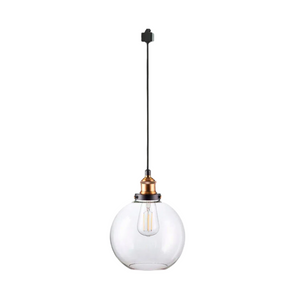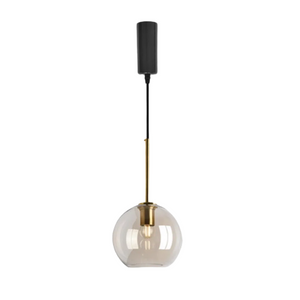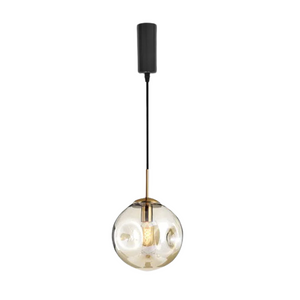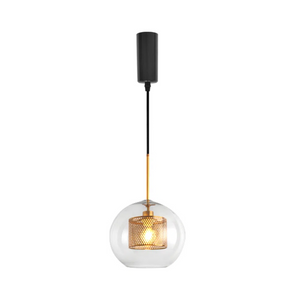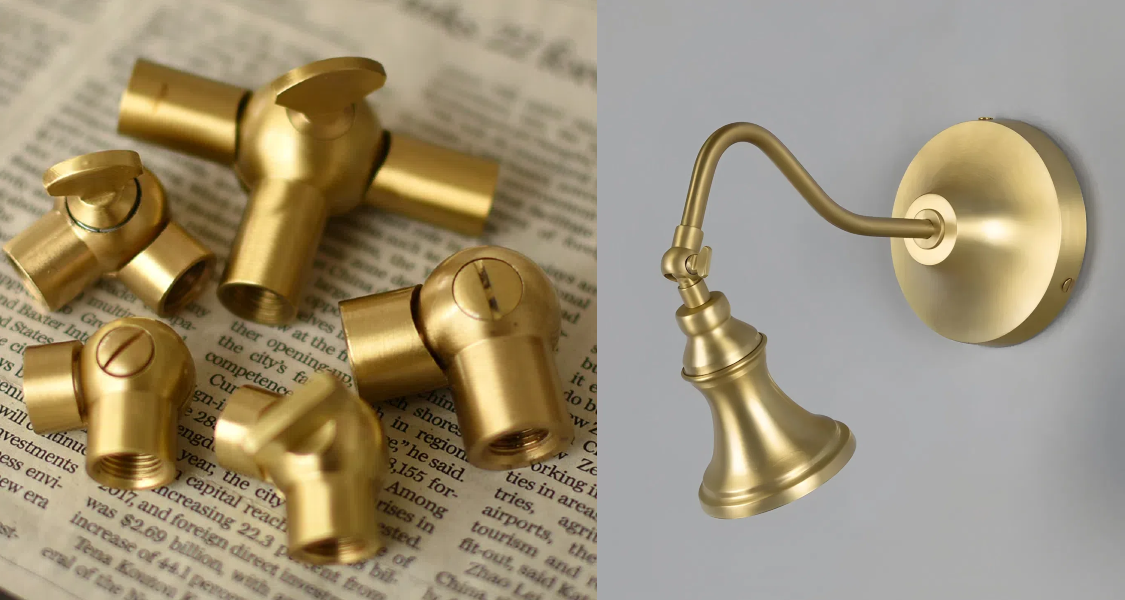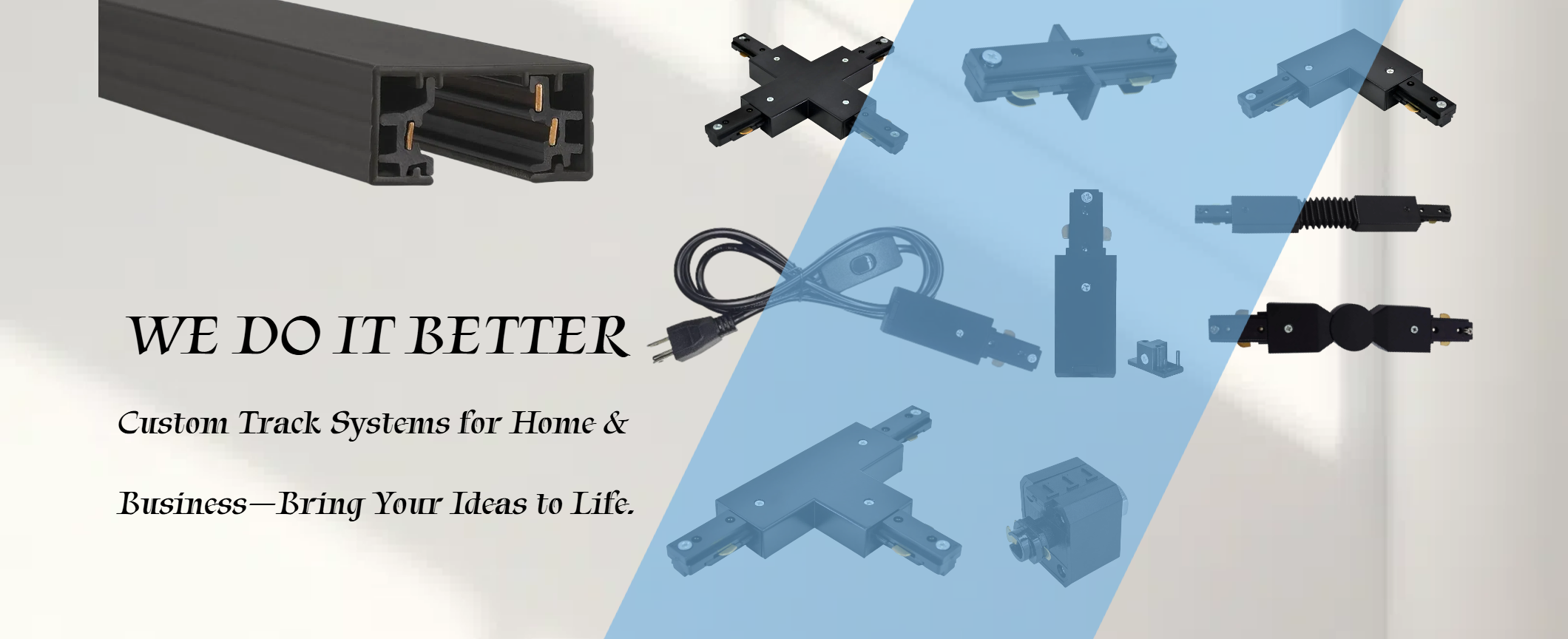If you ask a group of lighting designers what their biggest headache is, you'll probably hear one answer more than any other: glare. It's the subtle villain in any space, causing eye strain and making beautiful rooms feel instantly uncomfortable. This is exactly why managing it has become the most troublesome lighting problem for designers today. It's a constant challenge because great glare control for lighting designers means perfectly balancing aesthetics with pure human comfort.

Why Glare is Lighting's Biggest Problem
Glare is more than just a small nuisance; it's the one thing that can ruin a perfectly good room. While designers can spend hours choosing the right colors and fixtures, glare is what directly affects how people feel and function in a space. This is why managing unwanted brightness is the most troublesome lighting problem for designers—it can single-handedly make a beautiful room feel stressful and unpleasant.
Glare basically shows up in two ways, and both are bad news for your design:

- Discomfort Glare: This is that annoying, nagging light that makes you want to squint or turn away. It doesn't stop you from seeing, but it causes eye strain and just makes a room feel irritating. Think of a poorly placed lamp that shines right in your eyes while you're trying to watch TV.
- Disability Glare: This type is more serious because it actually makes it hard to see. It's like when the sun reflects off a wet road, and you can't see the traffic lines for a moment. In a room, this glare can wash out details on a computer screen or hide a step on the stairs, making the space less functional and even unsafe.
Ultimately, both types of glare undermine a designer's work by making people feel and see worse in the very spaces that were designed for them.
Why Controlling Glare Is So Difficult
You can't fix glare in a vacuum because it clashes with other important project demands. A lighting designer is always juggling visual comfort against three competing goals, and success means finding the right compromise between them.
Goal 1: Maximum Efficiency
Clients and energy codes want the most light for the least amount of power. The problem is, the super-bright, high-efficiency fixtures that meet these goals are often the biggest sources of glare. This creates a constant struggle when balancing glare and energy efficiency in lighting design—you're forced to choose between what the building code demands and what the human eye can comfortably handle.
Goal 2: Health and Wellness Lighting
A major trend is using light to support health, such as improving sleep and alertness. This "human-centric" approach often uses intense, blue-toned light that, while good for our internal clocks, can feel harsh and create significant visual strain. The challenge is integrating glare control with human centric lighting so you can get the wellness benefits without the discomfort.
Goal 3: Specific Design Aesthetics
Great lighting design uses layers and shadows to create mood and visual interest. However, many clients—especially in offices—ask for flat, uniform light that illuminates everything equally. This approach not only looks sterile but also makes glare worse by eliminating any place for the eye to rest, creating a visually exhausting environment.
Why Good Lighting Plans Fail
A great lighting design on paper can easily fail in the real world. Even if you've solved for glare, two common roadblocks during the construction phase can ruin the final outcome: the technology itself and the project team.
Control System Conflicts
Modern control systems are a major source of frustration. While they promise to help manage glare through dimming, different brands often don't work together, creating compatibility issues. Furthermore, the setup process is frequently so complex that the system is installed incorrectly or is too confusing for the end-user, making the advanced features useless.
Communication Breakdowns
A lighting designer's plan is only as good as the team that builds it. The design can be compromised when other team members make changes without understanding the impact on lighting. For example, an architect might switch a surface from matte to glossy, creating new reflections, or a contractor might substitute a specified low-glare fixture for a cheaper, harsher alternative. Without clear communication, the original design intent is quickly lost.
4 Practical Ways to Control Glare
1. Choose the Right Fixtures & Accessories

Your first line of defense is the light fixture itself. Look for products specifically designed to shield the light source from direct view. This means choosing fixtures with deeply recessed LEDs, baffles, louvers, or high-quality lenses that soften and direct the light where it's needed, not into people's eyes. Avoid fixtures where the bare bulb or LED is exposed.
For existing fixtures that create glare, the solution isn't always a full replacement. Anti-glare accessories, like light diffusers and shields, can be a highly effective and cost-efficient retrofit. For instance, a product like the Kiven LED Light Cover is a Tiffany-style plastic diffuser that easily adheres to recessed lights or table lamps, transforming a harsh point source into a soft, comfortable glow without sacrificing efficiency.
2. Place and Layer Light Strategically

Where you put your lights matters as much as which ones you choose. Avoid placing bright fixtures directly over reflective surfaces (like glossy desks) or in a person's primary line of sight. Instead of blasting a room with one uniform layer of bright light, use a layered approach. Combine softer, indirect ambient light (bouncing light off a ceiling or wall) with focused, properly shielded task lighting placed directly over work areas.
3. Use Smart Controls
The right amount of light changes throughout the day and depends on the task at hand. The most powerful and simple tool for managing glare is a dimmer switch. Giving users direct control over brightness levels is often the best solution. Pairing dimmers with daylight sensors (which adjust electric light based on sunlight) and occupancy sensors (which turn lights off when a room is empty) ensures you're only ever using as much light as you actually need.
4. Consider Room Surfaces
The light fixture isn't the only source of glare—harsh reflections are a major culprit. The surfaces within a room play a huge role in this. Whenever possible, specify non-glossy, matte finishes for large surfaces like walls, floors, and desktops. This simple choice helps absorb stray light and prevents the mirror-like reflections that cause eye strain and visual discomfort.
The Future of Comfortable Lighting
The battle against glare is always evolving, and new technology is giving designers powerful tools to create better-lit spaces. Here's a quick look at what's coming next.
Lights That Adapt on Their Own
Soon, light fixtures won't just be on or off; they'll be able to change the shape and direction of their light beam all by themselves. A single fixture will be able to adapt to your needs throughout the day. For example, it could provide a focused, glare-free beam for reading in the afternoon and then automatically switch to a wide, soft glow for relaxing in the evening.
Lighting That Learns from You
The biggest change will come from lighting systems that use AI to learn your habits. Think of a conference room that knows where everyone is sitting and automatically adjusts the lights to kill screen reflections and keep bright spots out of each person's eyes. These systems will fix glare problems before you even notice them, instead of waiting for you to flip a switch.
From Bulbs to Glowing Surfaces
We're used to light coming from a single bright point, like a bulb, which always needs shielding to be comfortable. Newer technologies like OLED panels are completely different. They are super-thin surfaces that glow evenly with a naturally soft and glare-free light. As this tech becomes more common, you'll start to see entire walls, ceilings, or even furniture that provide beautiful light without any of the harshness of a traditional fixture.
Solving the Most Troublesome Lighting Problem
At the end of the day, good lighting is all about how it makes people feel. That's why tackling glare is so important—it's the one thing that can make or break a user's comfort. So on your next project, think about glare control for lighting designers from the very beginning. It's how you guarantee your space doesn't just look amazing, but feels amazing too.
At Kiven, we understand these challenges intimately. We support designers and electricians by providing not only a vast selection of over 30,000 lighting fixtures and components but also practical solutions like our range of anti-glare accessories. We empower you to solve complex lighting problems with our capability for one-piece customization, ensuring you get exactly what you need for multi-style, low-volume, and urgent projects.
Frequently Asked Questions
Q1: What's the difference between a room being brightly lit and having glare?
There is enough evenly dispersed light in a brightly lit area to make everything comfortable and easy to see. Conversely, uncontrolled light that is either too strong, poorly focused, or reflected straight into your eyes from a bright surface causes glare. A well-lit kitchen is bright, but glare occurs when one exposed lightbulb shines in your face while you're cooking.
Q2: Are LED lights more likely to cause glare than older types of bulbs?
Not inherently, but their design can make glare a common problem. LEDs produce a very intense light from a tiny point. If the light fixture doesn't properly shield or diffuse this point source, it can create harsh, uncomfortable glare. The quality of the fixture that houses the LED technology is the problem, not the technology itself. Beautiful light control is possible with a well-designed LED fixture or by adding an aftermarket anti-glare diffuser.
Q3: What is the easiest and most affordable first step to reduce glare in my home?
Installing dimmer switches. The best technique to deal with glare is to give yourself the power to change the brightness of your lights more than any other solution. It instantly makes the area more comfortable for various activities and times of day by enabling you to reduce the intensity when you don't require full power. For a simple, non-wire solution, adhesive light diffusers like those from Kiven can soften harsh LEDs in minutes.
Q4: Does the color of the light (like warm yellow vs. cool blue) affect glare?
Yes. While light color (color temperature) doesn't technically cause glare, it can significantly impact how you perceive it. The intensity and sterility of harsher, bluer "cool" lighting might exacerbate any glare that already exists. Softer, "warm" yellow-toned lights can make a space feel cozier and less harsh because they are generally easier on the eyes.
Q5: Can simply changing a lampshade or adding a diffuser help reduce glare from a table lamp?
Yes, absolutely. Lampshades and diffusers are primary tools for glare management. Your existing shade will produce glare if it is too short and reveals the bare bulb or if it is too transparent. A great and easy solution is to use a shade that is tall enough to block your view of the bulb and is composed of a light-diffusing material (such as fabric or frosted glass). For downlights or track heads, clip-on or adhesive anti-glare accessories are an effective retrofit option.
